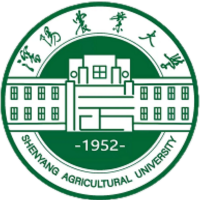分享到
A meta-analysis and critical evaluation of influencing factors on soil carbon priming following biochar amendment
2017
期刊
Journal of Soils and Sediments
作者
Fan Ding
· Lukas Van Zwieten
· Weidong Zhang
· Zhe Weng
· Shengwei Shi
· Jingkuan Wang
· Jun Meng
- 卷 18
- 期 4
- 页码 1507-1517
- Springer Nature
- ISSN: 1439-0108
- DOI: 10.1007/s11368-017-1899-6



